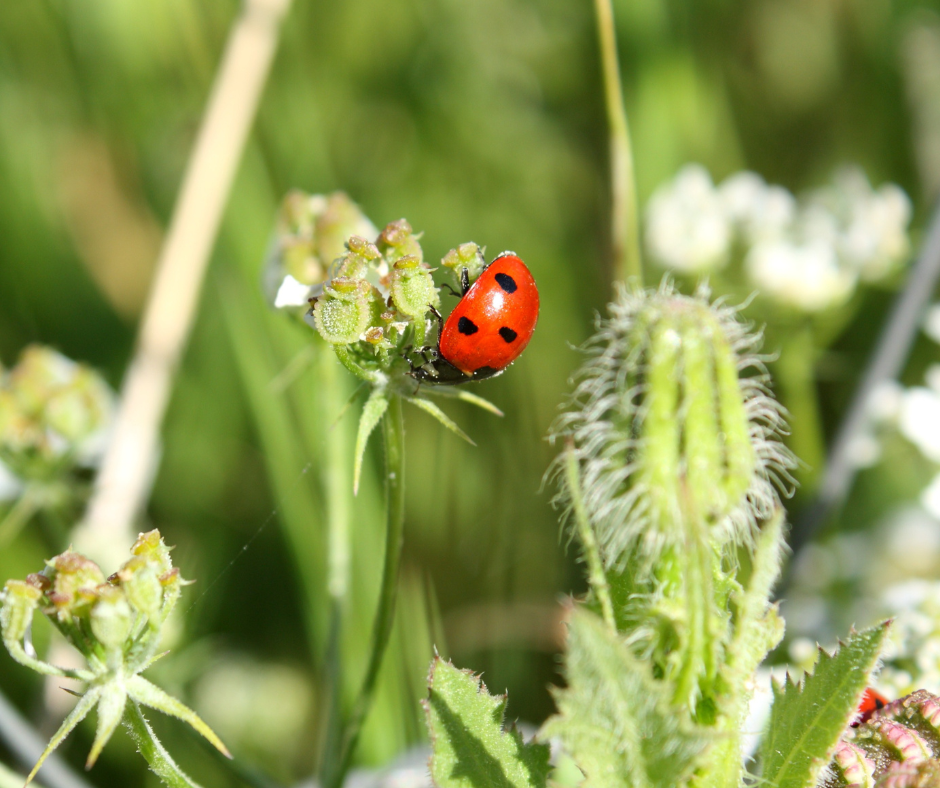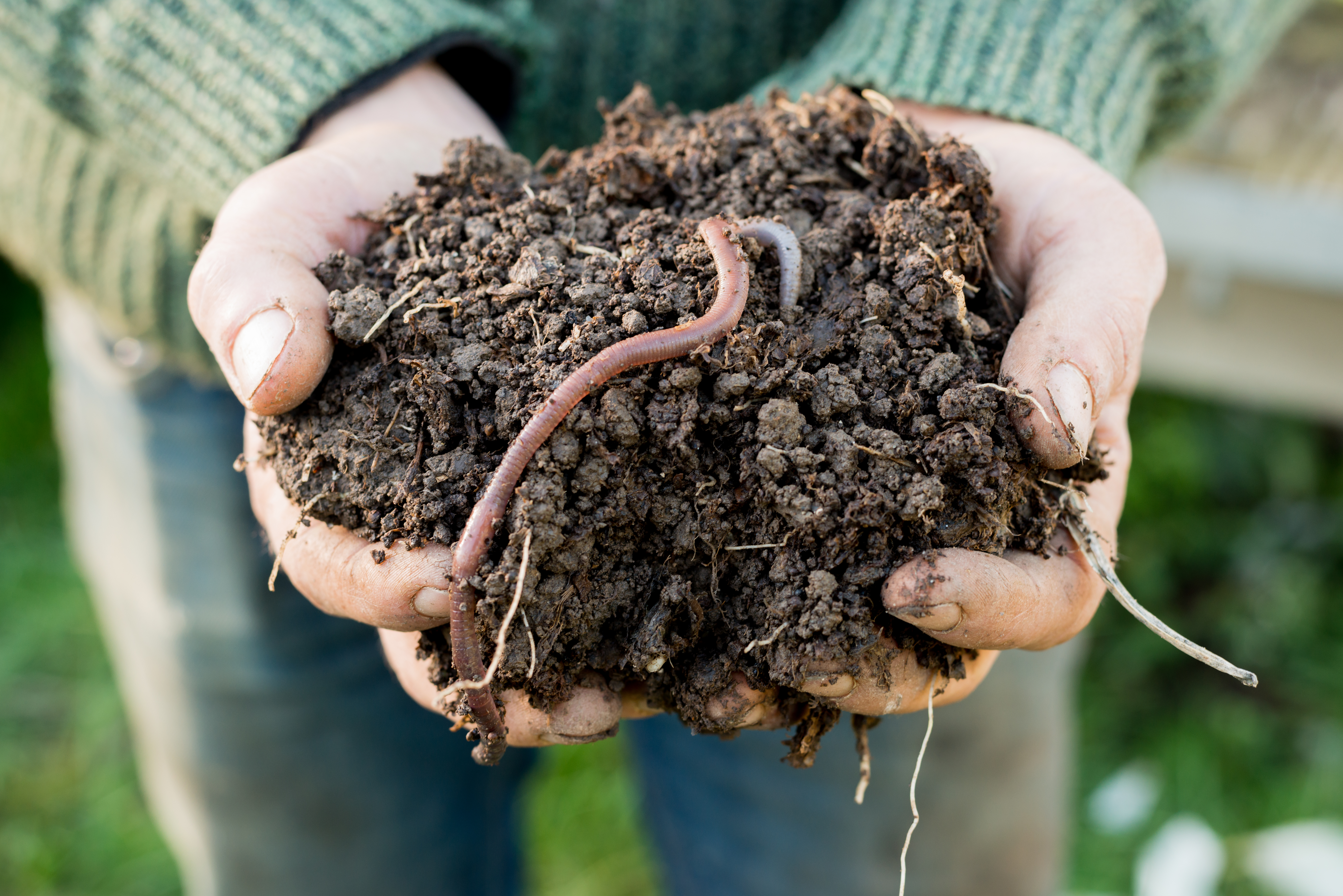You asked some great questions in response to our recent food gardening series. We’ve got your next planting season sorted with answers to your top questions. See if we’ve answered yours.
Planting a food garden can involve some trial and error. But it doesn’t have to be daunting. From keeping pests at bay, to maximising a small garden space, there’s lots that you asked us about during our recent food gardening series. Here are some answers to your most frequently asked questions:
What hardy and staple crops can you grow to give you food in every season?
Most food plants that produce a fruit, such as tomatoes, capsicums and zucchinis, provide their goodness for one season at most, but other plants – such as spring onions, lettuce, cabbage, rocket, radish and leeks– can be planted almost any time of the year.
However, there are many other vegetables that, with a little know how, can be enjoyed for most of the year too.
Kale and silver beet can, when happy, live for over a year – the trick is to plant them at the right time so they are well established before the heat of summer. Then you can pick leaves all year round.
Other vegetables like carrots, potatoes and beetroots can be planted from autumn to spring, just not in the in the heat of summer. Stagger your planting (plant them at different times, a few weeks or months apart), to enjoy these staples right across the year.
While pumpkins generally only grow over summer, you can cellar your pumpkin harvest (store in a cool place) for most of the year, giving you pumpkins well into the following autumn, winter and spring.
See what combinations of plants you should grow when to get food year-round with these tips.
How do you keep caterpillars off cabbages – and other vegetables?
One way to stop insects – like the pesky cabbage white butterfly – from laying caterpillar eggs on your cabbage and other crops is to use netting to create a barrier.
But you won’t want to net all your plants all the time as butterflies, bees and other insects are great pollinators to help your plants produce fruits, so you don’t want them to avoid your plants altogether.
Rings of protection – or plant collars – around the base of your plant can help protect young seedlings from other bugs like slaters and earwigs from eating away at the stem. You can easily make these by cutting up 600ml plastic drink bottles.
But your best bet is to attract beneficial bugs who are the predators for the ones that eat your crops. That leads into the next question.
How can I avoid pests ruining my crops?
A few holes in your leaves is not a problem. Remember the old saying, if your leaves don’t have holes, then your garden is not part of the ecosystem. Insects are incredibly important, as they are the bottom of the food chain providing nourishment for our native birds, lizards and microbats.
However, if snails, slugs and caterpillars are destroying your crops, then you may want to do something about it.
You can make homemade sprays from garlic and chilli (there are lots of recipes online) and we also encourage you to fight bugs with bugs!
You can attract beneficial bugs including predators and pollinators, which eat the ones trying to take your crops. The key is to create a thriving ecosystem in your garden with lots of diversity and flowers.

What is best to grow and when?
You should grow what’s in season. While some plants, like spring onions, can be grown all year round, most have a preferred growing temperature and season.
We’ve got you covered for your veggies with a chart of what to plant when – both online and in a pretty printable document. Save or print this handy page so you’re ready to start planting year-round!
You also don’t want to miss out on local native food at your fingertips. Kaurna people have grown, gathered and prepared local native food for more than 50,000 years.
Visit a local plant nursery to explore these plants and how to grow and eat them.
How do I utilise a small garden space?
Start with planning what you can grow in a small space. You can find examples of what to grow and how in our crops in pots blog. You can utilise balconies and hanging plants, too!
What plants can I grow to maximise space?
After you’ve checked our Crops in Pots blog above, start growing up! Using vertical space is a great way to maximise room for more veggies. Grow climbing snow peas and beans.
Don’t grow things like broccoli and cauliflower which take up a lot of space, take a long time to grow, and only give one harvest.
Instead, grow vegetables from which you can continuously harvest, such as lettuce, rocket, spring onions, herbs, kale, and spinach.
Plant your plants closer together and make use of all your space.

How do I not kill my plants?
First, if you’ve had some garden fails, don’t let it deter you – you’re definitely not alone and a few (or more than a few) mishaps are part of starting a garden!
You can set your plants up for success by knowing whether they prefer to be grown from seed or seedlings, as some plants don’t do well when transplanted. It’s also important to check what time of year they prefer to be planted and ensure they will get enough sun in your chosen spot.
We also have tips for planting seedlings, along with beginner tips for planting seeds, from how deep you should plant them (about 2 to 3 times the size of the seed) to how often to water them (keep the soil moist but not soaking wet by watering lightly every day).
You should water your plants adequately, but not overwater them, and ensure they have good drainage if they’re in pots.
Give them fertiliser now and then and add compost to the soil, ideally some you have made at home.
In summer, you will need to add a mulch around your plants to stop the soil from drying out. Pea straw is a great choice.
Did you know we’ve compiled solutions to some common garden fails! Head to our blog on 7 relatable food gardening fails and how to avoid them.
What are some low water, lazy ways of veggie gardening?
One of the easiest, laziest crops to grow is potatoes. Plant them and let them do the rest. Once you plant potatoes, you will always have more potatoes growing because any potatoes you miss when digging them up, will grow into more potatoes.
You can also opt for self-watering wicking beds. They hold water in the bottom of the bed, allowing plants to drink continuously and helping them to thrive. This way, if you go away for a few days, your plants will survive.
Moisture is drawn up through the soil via a process called ‘wicking’, which means your thirsty veggies water themselves. What clever plants you have! You can build a wicking bed from mostly reclaimed materials and online help.
Another great lazy option is to plant fruit trees and herbs like oregano, thyme and sage. Once they’re established, they’re very hardy, and for the most part can be left alone. Learn more about growing fruit trees with this workshop by local gardening guru Chris Day, free for Grow It Local members here.
How can I keep my soil healthy?
The usual solution to nourish any soil is 3 words: compost, compost, compost!
When your compost is ready, mix it into your soil or potting mix to add vital organic matter and keep it healthy. You’ll find all the tips you need to get started in our composting blog.
A few of you also asked specifically about working with clay soil. You can find some tips on dealing with clay soil in your yard in this article.

What can I do with the excess produce?
If you have excess produce, you can share and swap it with others. Grow It Local is a free online platform to help you do just that. You can join, register your patch, find other growers in your area, and join local events.
We also have a list of community food swaps to help you find more in your area. Find one near you.
Find more tips in Adelaide National Park City’s blog.
Thanks for using tips and tricks to start your food gardening journey over spring. If you’re looking at preparing for autumn, check out more of the food gardening hub.